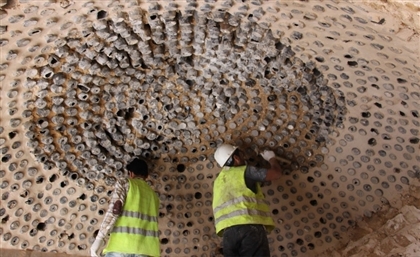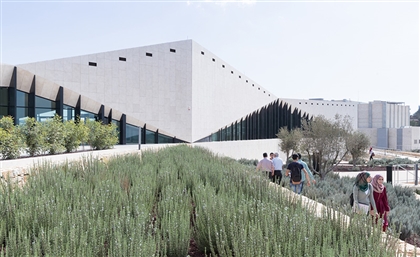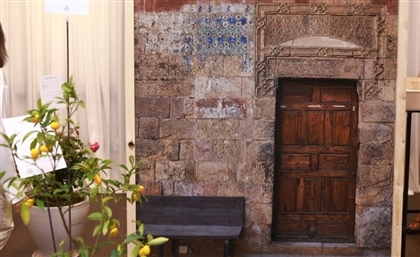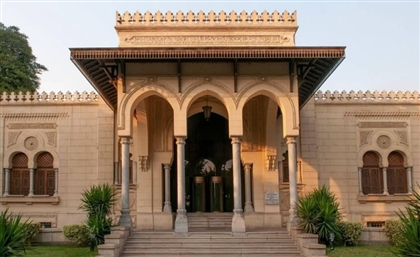Gaza’s Historic Fabric Listed as at Risk on 2025 World Monuments Watch
Gaza’s inclusion in the 2025 World Monuments Watch reflects the devastating loss of heritage due to continuous conflict.
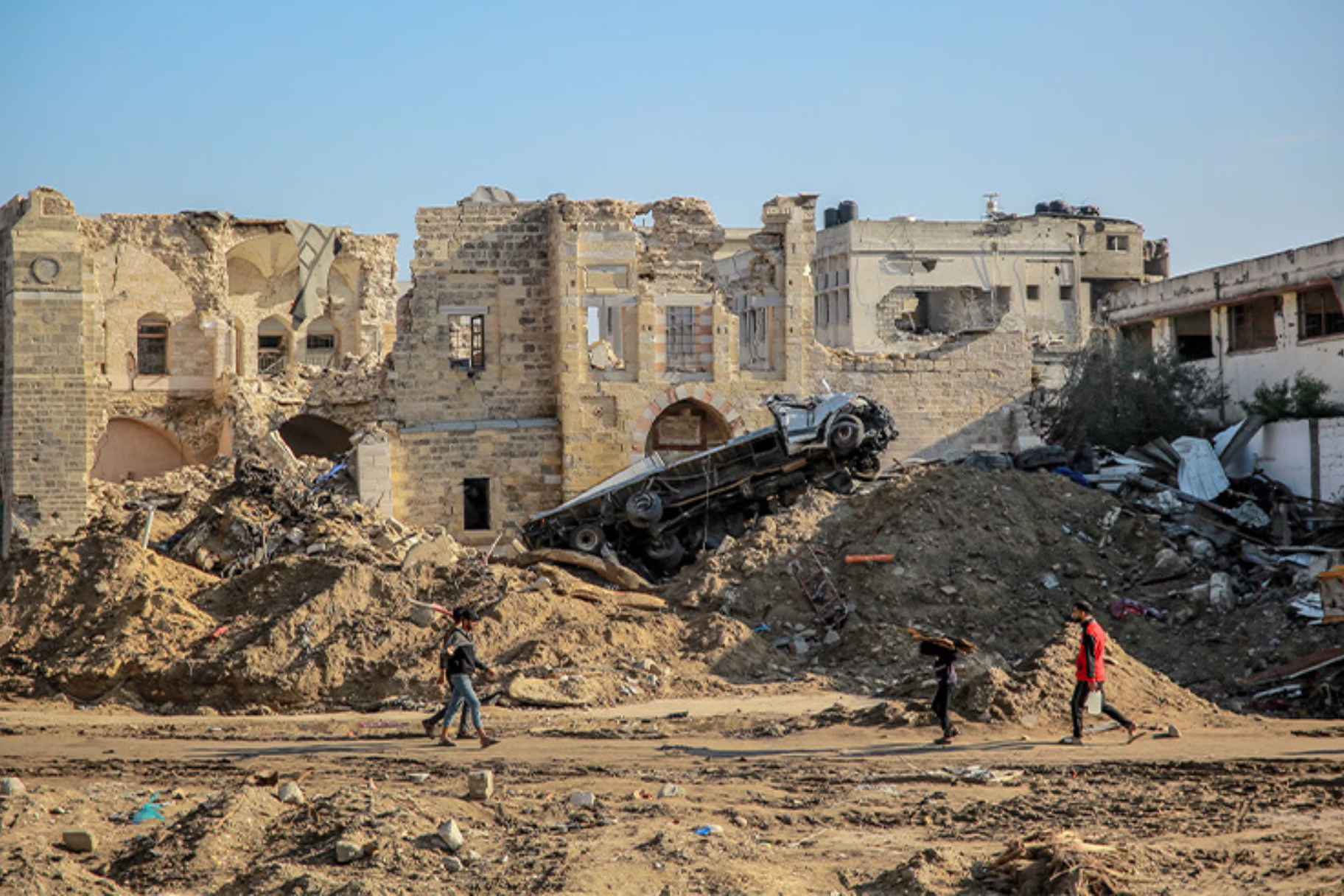
The 2025 cycle of the World Monuments Watch, a biennial advocacy initiative, has recognized Gaza’s historic urban fabric in Palestine as one of 25 heritage sites facing critical threats. Dedicated to safeguarding irreplaceable cultural landmarks, the World Monuments Fund (WMF) collaborates with local communities worldwide to address these challenges.
-f1ece999-0187-4eb3-a1be-2e9f79f98702.jpg)
Amid the ongoing conflict, Gaza’s cultural and architectural heritage has become collateral damage in a landscape of profound loss. Streets once lined with centuries-old mosques, churches, markets and homes now bear the scars of destruction. By March 2024, nearly two-thirds of Gaza’s heritage sites had suffered damage, with almost a third reduced to rubble. UNESCO’s records painted a grim picture in December 2024, stating that 75 heritage sites had been confirmed damaged. As the conflict persists, countless other invaluable heritage sites in Gaza remain under threat. Each loss erases a fragment of history, memory, and identity.
-ca41c029-71f0-4569-8eef-3272430480bc.jpg)
Among the heritage sites damaged, the Great Omari Mosque in Gaza City, a defining landmark of the region, has stood as a site of worship for millennia, built upon layers of Philistine and Roman temples, Byzantine and Crusader churches, and successive mosques. In December 2023, an airstrike shattered this centuries-old place of prayer, bringing down its central section and leaving its minaret fractured—a stark reminder of the ongoing devastation.
-10bc00ce-2119-471d-bfe7-cab3374c2f6b.jpg)
Another example of this devastation is Qasr al-Basha, or Pasha’s Palace, now reduced to rubble after an airstrike in December 2023. Once a testament to Gaza’s layered history, it evolved from a grand Mamluk mansion in the 13th century to an Ottoman fortress, a British Mandate police station, and later a girls' school. Since 2010, it has housed a museum showcasing archaeological artifacts that traced the city’s past. Now, all that remains is a pile of dust.
-7baa214d-2ab0-4a40-b13d-6349a232d041.jpg)
Suq Al-Qaisariyya, a Mamluk-era marketplace that had been carefully restored and served as Gaza City’s gold market for decades is also among the sites affected. Sabil Ar-Rifaiya, a sixteenth-century fountain last restored in 1861, now stands dismantled. Hammam as-Samra, the city’s last remaining traditional bathhouse and a site with deep ties to the Samaritan community, has also suffered significant harm.
Photography Credit: Getty & Anadolu
- Previous Article Cairo’s % Arabica Roastery Design Stacks Up Like the City's Skyline
- Next Article The Brilliance of Basuna Mosque by Dar Arafa Architecture
Trending This Month
-
Nov 18, 2025




